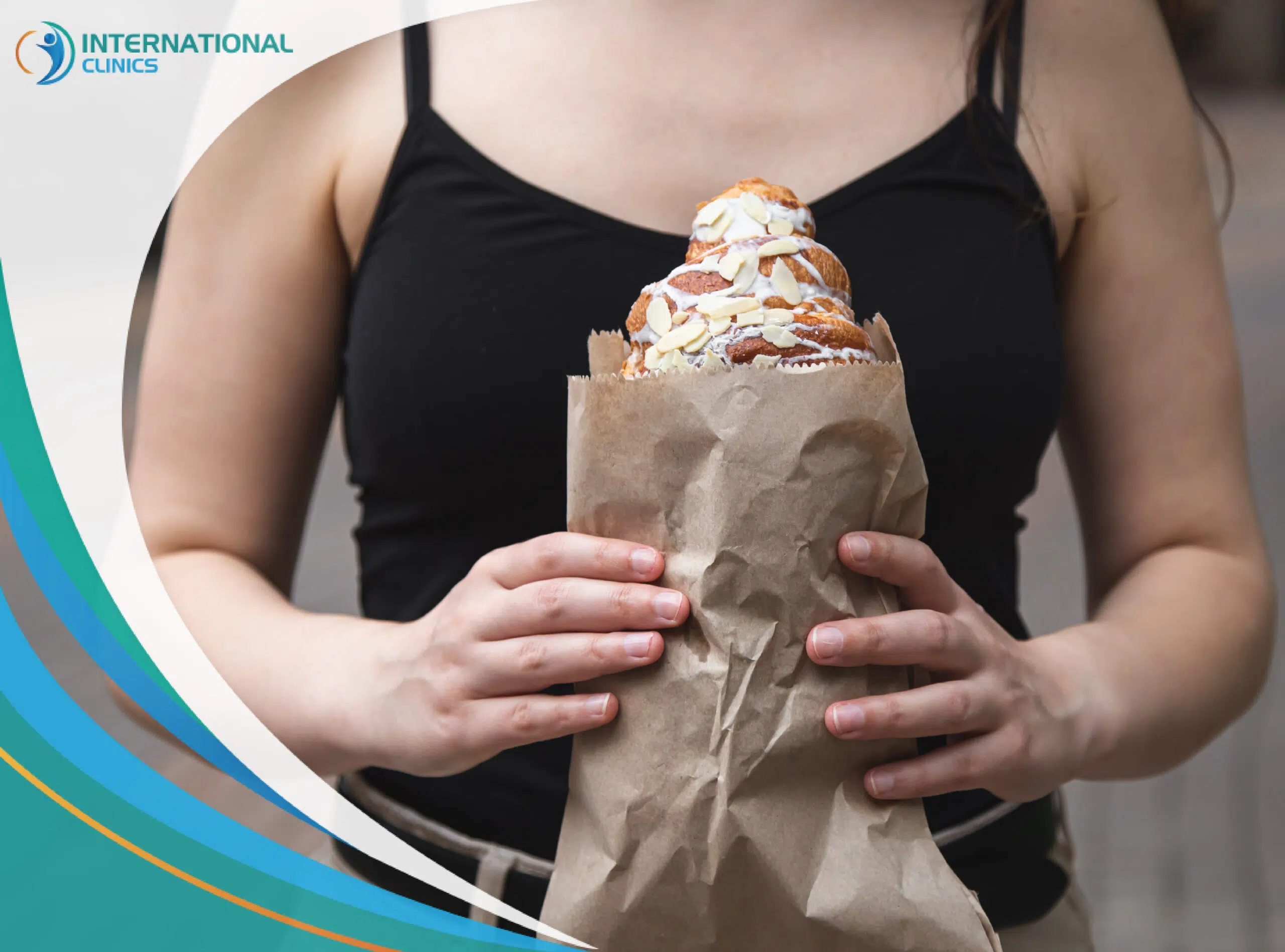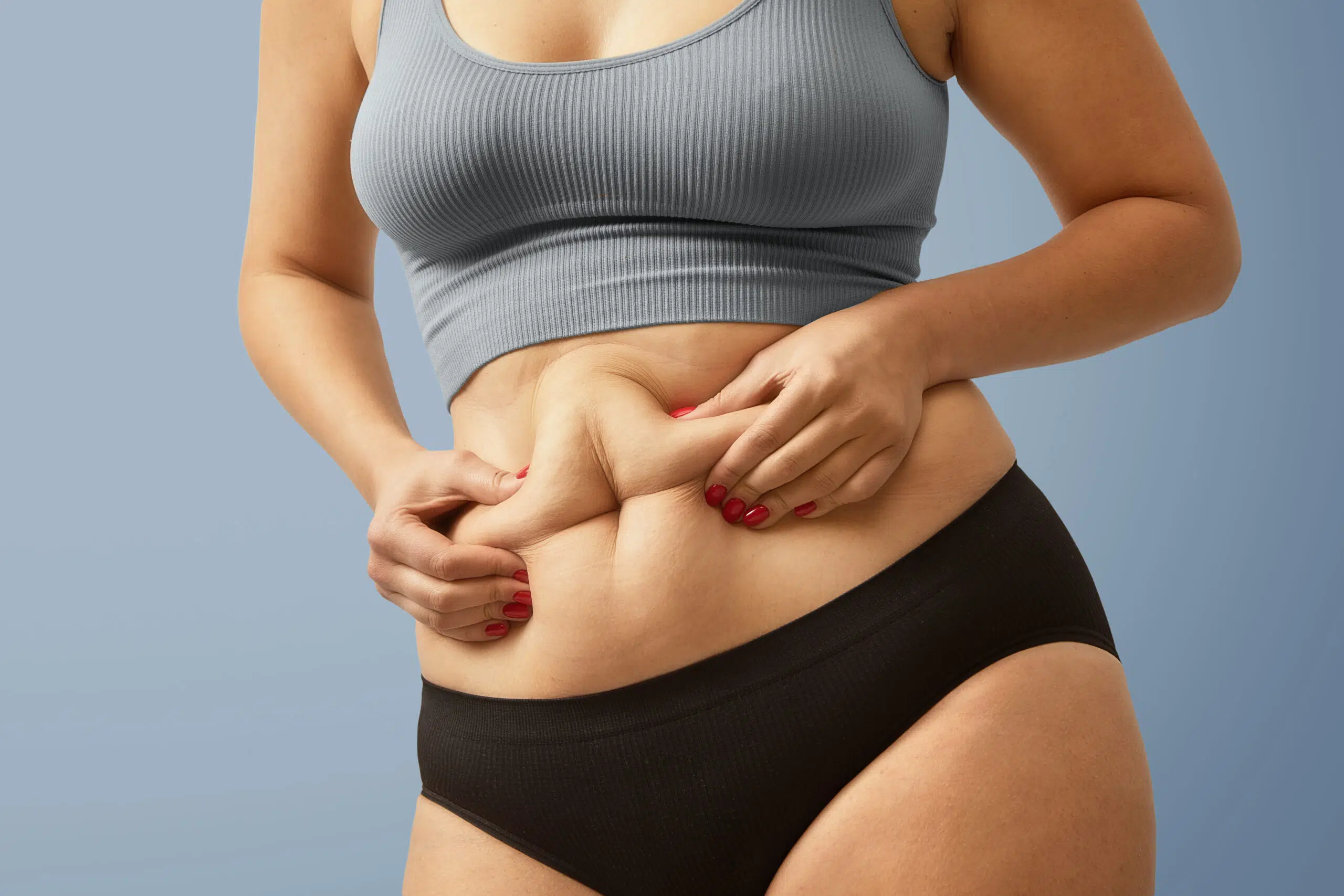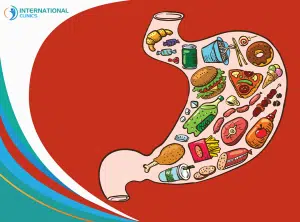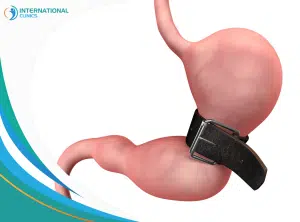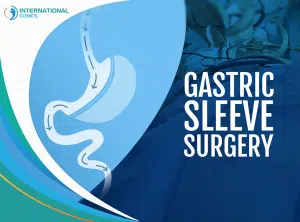Gastric sleeve surgery reduces the size of the stomach, making it capable of holding less food. If the patient failed to control their diet or the portion size after gastric sleeve, their stomach may stretch, resulting in weight gain and other undesirable consequences.
To prevent this, it’s important to be aware of proper portion sizes and have the necessary tools to maintain a healthy diet and avoid stretching the stomach. Obviously, you must adhere to the dietary guidelines provided by your healthcare provider after gastric sleeve in Turkey.
These guidelines are created with the purpose of reducing calorie intake and providing nutritionally balanced meals to avoid deficiencies and maintain muscle mass in the months following the surgery.
The Right Portion Size After Gastric Sleeve
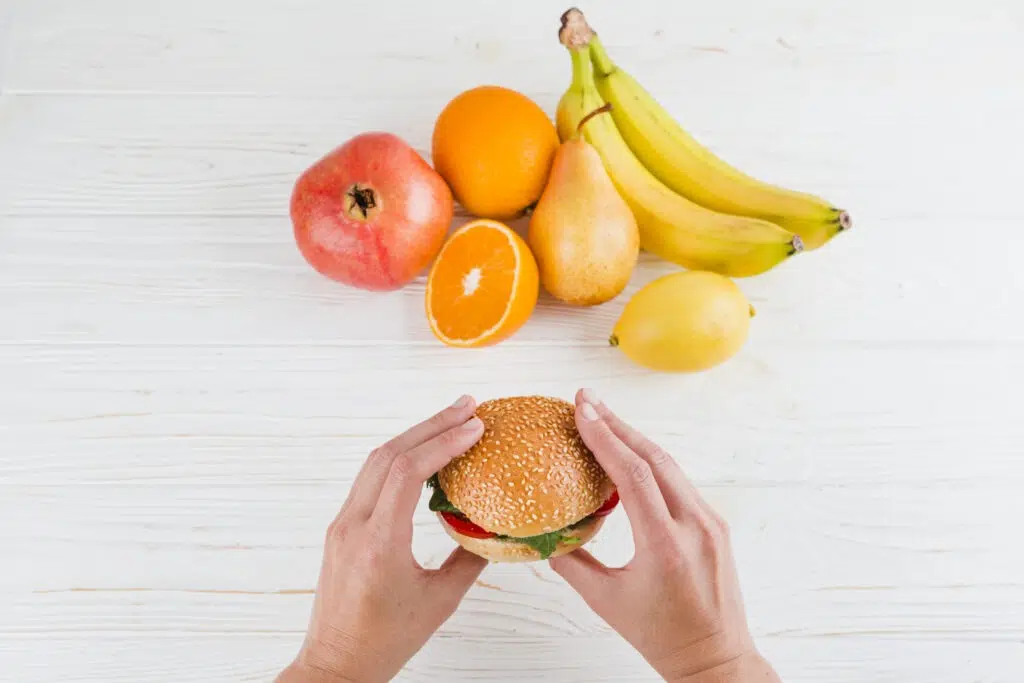
During the first 6 weeks after a gastric sleeve, the portion sizes should be limited to 1/4 to 1/2 cup or even less. These small portions are usually maintained for the first 3 to 6 months to avoid failure and regrets on the long term.
However, you can gradually increase the portion size to 1 cup per meal within a year to ensure proper healing and minimize any complications or unpleasant symptoms. In the long term, 1 cup per meal is the typical portion size for main meals.
The maximum capacity of the stomach pouch may vary among individuals. Regardless of what your pouch can hold, it’s important to develop a lifelong habit of portion control.
Meals and snacks are usually limited to 3-6 ounces (85-170 grams) per serving. Depending on the nature and texture of the food, you may find out that you can eat more than 3-6 ounces.
Soft or liquid foods, for instance, tend to be more tolerable than harder, dense foods. You may be able to eat 6 ounces (170 grams) of yogurt but only 3-4 ounces (85-113 grams) of meat.
That’s totally normal. Moreover, you may be able to drink an 11-ounce protein shake but only eat half a protein bar at a time.
Calories, Carbs, Protein, and Fat After Gastric Sleeve
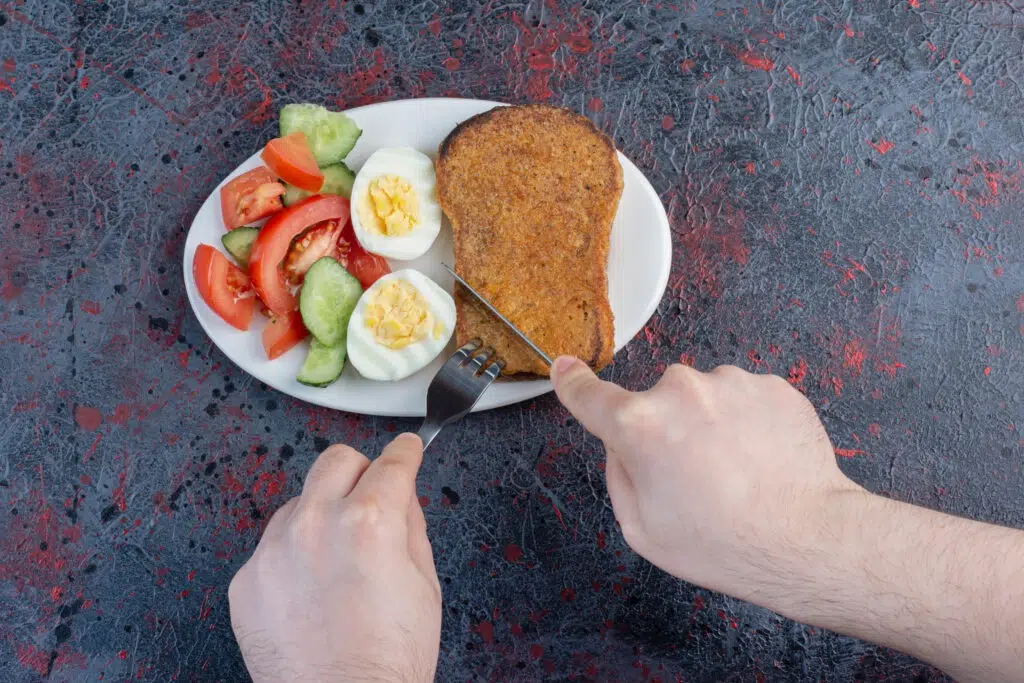
Calorie and macronutrient requirements after a gastric sleeve vary based on factors such as age, medical conditions, gender, and activity level. Hence, you must consult with your dietitian to get a personalized assessment and diet plan.
Indeed, a recent study has stated that the nutritional management of gastric sleeve patients requires the nutritional skills of experienced nutritionists or dieticians. In any case, the required amounts of calories and macronutrients generally include the following:
Calories
In the first two months after surgery, your daily calorie intake should be between 300-600 calories with the main focus directed toward thin and thicker liquids. The daily caloric intake should not exceed 1,000 calories. However, you need to secure 800-1200 calories per day during the weight loss phase.
To maintain a low-calorie, low-fat, and low-sweet diet, it’s highly recommended to keep a record of your food portions, calorie, and protein intake, and to eat slowly and chew each bite thoroughly.
Moreover, it’s better to avoid certain foods, such as rice, bread, and solid meats. To prevent discomfort or nausea, refrain from using straws, drinking carbonated beverages, or chewing ice.
Protein
Simply put, a minimum of 2-3 ounces (60-80 grams) of protein per day is enough to satisfy the needs of gastric sleeve patients. To maintain muscle mass and other bodily functions, it’s important to consume foods high in protein, such as eggs, meat, fish, seafood, poultry, milk, cheese, yogurt, and other dairy products.
Carbohydrates
You need to consume carbs less than or equal to the number of grams of protein you consume per day. For example, if you consume 2 ounces (60 grams) of protein, also get 2 ounces or less of carbohydrates per day.
Needless to say, you must limit sugar, sugar-containing foods, concentrated sweets, as well as fruit juices. Consult with your dietitian if you are taking medications for blood sugar control or plan to reduce carbohydrates for any other reason.
Fat
It’s really important to get 0.7 ounces (20 grams) of fat per day but stick only to unsaturated or healthy fats. Digesting fatty foods requires heavy lifting on the part of your stomach and intestines. In fact, bariatric surgery results in different physiological changes affecting hypothalamic signaling, gut hormones, bile acids, and gut microbiota according to studies. To avoid overloading your digestive system, you must avoid saturated fats.
How Can You Ensure Proper Portion Size After Gastric Sleeve?
The size of the stomach is reduced to between 15-20% of its original size after the gastric sleeve surgery in Turkey, making it difficult to overeat, but the stomach can indeed stretch again if you regularly overeat. One of the challenges of life after the surgery is portion control. To overcome this problem, you can follow the next tips and tricks:
Measure the Portions
Measure out food using a scale or measuring cups in the early stages of recovery. This will help train your brain to recognize proper portions and ensure better control of the portion size after gastric sleeve.
Follow the Instructions
It’s very important to follow postoperative instructions mindfully. For a successful long-term recovery, some useful tips include eating food slowly, avoiding drinking liquids during meals, and not rushing the diet plan.
Look further into: gastric sleeve 10 years later
Dietary Tips After Gastric Sleeve
To maximize the benefits of weight loss surgery and maintain good health, it’s important to follow some basic dietary guidelines. This includes:
- Eat protein first and then move to the veggies second.
- Avoid drinking much water while eating and eat to satisfaction.
- Measure portions using cups and food scales and set realistic diet plans to control portion size after gastric sleeve
- Use smaller plates and pay attention to how you feel when eating.
- Avoid extreme diets after the surgery.
Portion Size After Other Bariatric Procedures
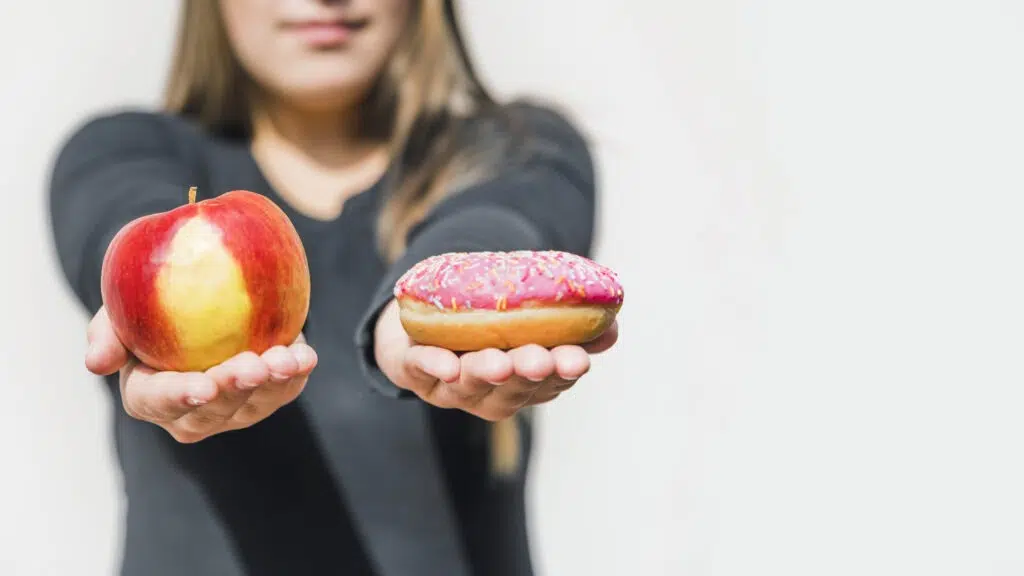
If a gastric sleeve doesn’t suit your needs, you have the option to pick other obesity surgery in Turkey, such as gastric bypass or gastric balloon. The portion size after these procedures can be clarified as follows:
Portion Size After Gastric Bypass
Gastric bypass is known to yield the best result and best restriction, resulting in the smallest portion sizes compared to other procedures. After gastric bypass surgery, portion sizes are usually limited to 1/4 to 1/3 cups during the first 2 months.
After introducing solid foods to your diet, you can increase portions gradually to a maximum of 1 cup, depending on your health and the type of meal you seek to try. It’s highly recommended to work closely with an expert to put a customized diet plan for you.
Portion Size After Gastric Balloon
After the surgeon inserts the gastric balloon, portion sizes for meals are initially limited to about 1/2 cup to minimize symptoms and ensure the balloon is well-tolerated for the first month.
Portion sizes may vary depending on the level of restriction and the size of the balloon. Over the next 8 weeks, portions are gradually increased to about 1 cup per meal, and eventually to a larger plate for main meals.
The Bottom Line
Controlling the portion size after gastric sleeve is something that many patients overlook, especially those who haven’t used to pay any attention to portion size before having the surgery. To avoid stretching the stomach and add up to the overall gastric sleeve cost in Turkey, you need to avoid overeating or increasing the portion sizes mindlessly.
International Clinics in Turkey provides gastric sleeve surgery along with customized diet plans for patients. You can contact us immediately using the Contact Us button below.
Frequently Asked Questions
Can You Ever Eat Normal Portions After Gastric Sleeve?
You can eat normal portions after 4-6 months of gastric sleeve surgery. Indeed, you have the freedom to eat any type of food. The key, however, is to determine if the food you intend to eat aligns with your weight loss goals.
What Is the 30 Minute Rule for Gastric Sleeve?
The “30-minute rule” for the gastric sleeve is about avoiding drinking liquids for 30 minutes before, during, and after meals to help prevent feeling full too soon and be able to eat enough protein.
How Many Ounces of Food Can a Stomach Hold After Gastric Sleeve?
The number of ounces of food that your stomach can hold is around 2 to 6 ounces only. This is a large downgrade from the 33 ounces of food that a normal stomach can hold.
How Much Food Should I Be Eating 6 Months After Gastric Sleeve?
The food you will eat 6 months after gastric sleeve should provide you with up to 1000 calories per day. However, some patients may need a bit more food depending on their appetite and needs.
How Much Can You Eat 3 Months After Gastric Sleeve?
By the 3 months mark after the gastric sleeve, you can eat food that contains around 900 to 1000 calories. The food must have enough protein (60-70 grams) and fat, along with other important nutrients.
What Happens If I Eat Regular Food Too Soon After Gastric Sleeve?
Eating solid, regular food too soon after the gastric sleeve can lead to a rupture of the staple line, resulting in potentially harmful leakage of stomach contents into the abdomen. Hence, it’s recommended to stick to a liquid diet for the initial 2 weeks after the procedure.
How Long Is Gastric Sleeve Effective?
Gastric sleeve is permanently effective, but many patients can regain weight 2 years after the surgery due to diet negligence and other behaviors.
Read more:
Gastric Sleeve Surgery Abroad: Best Destinations & Packages
Obesity Surgery Cost in Turkey
